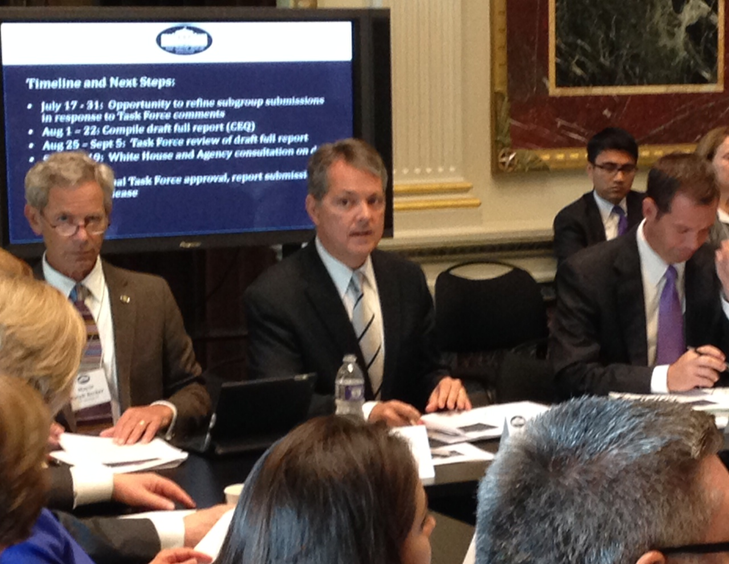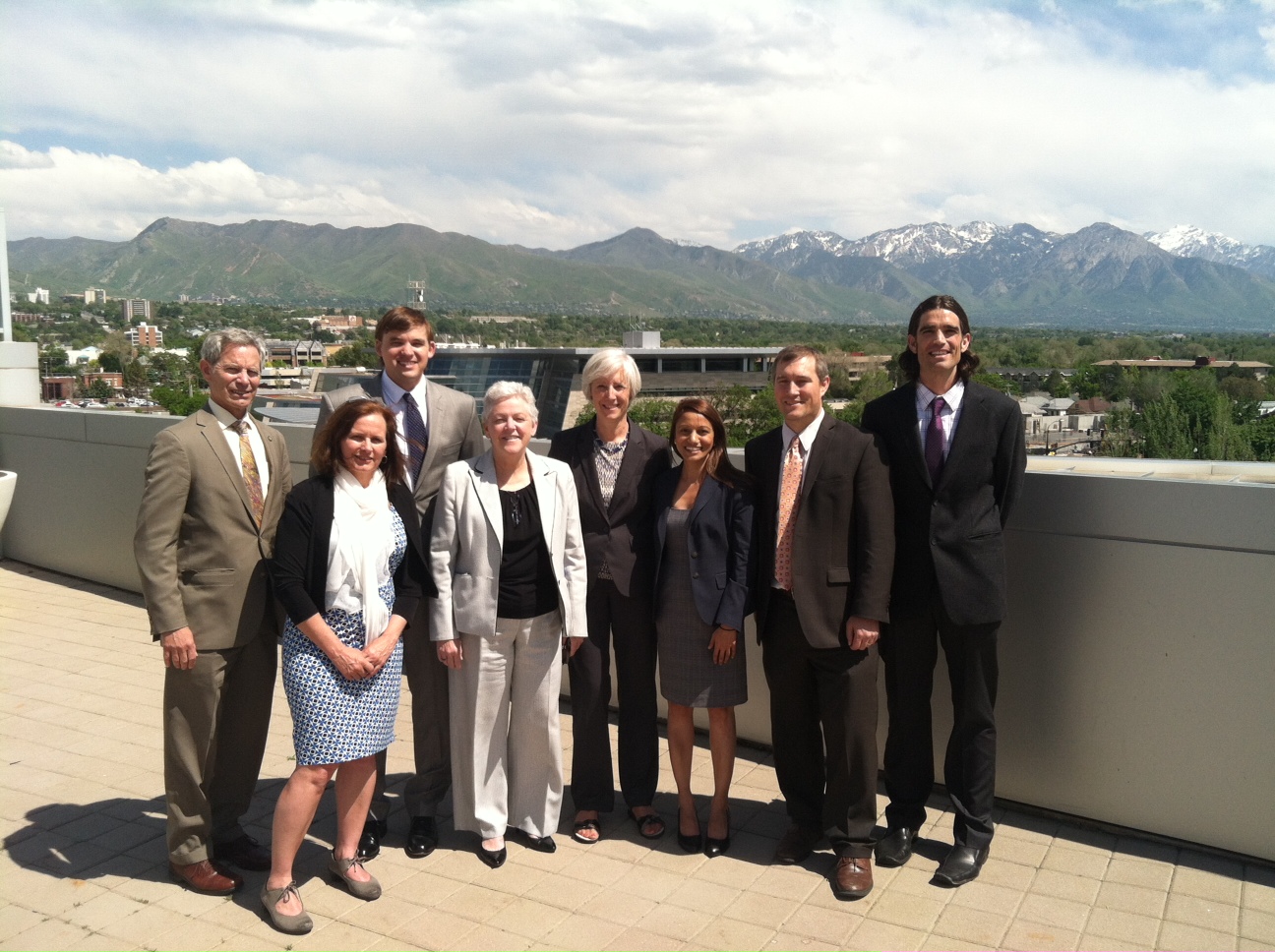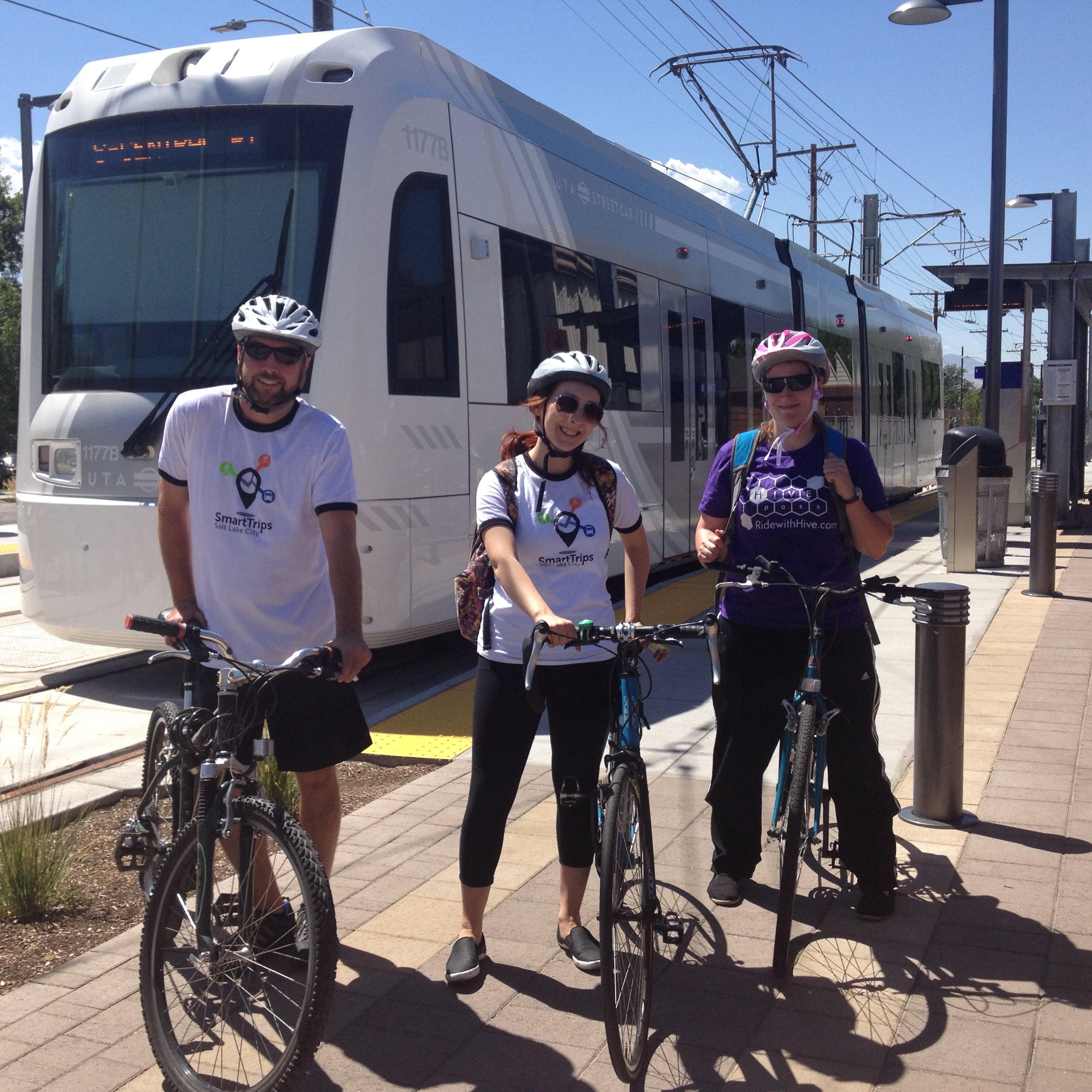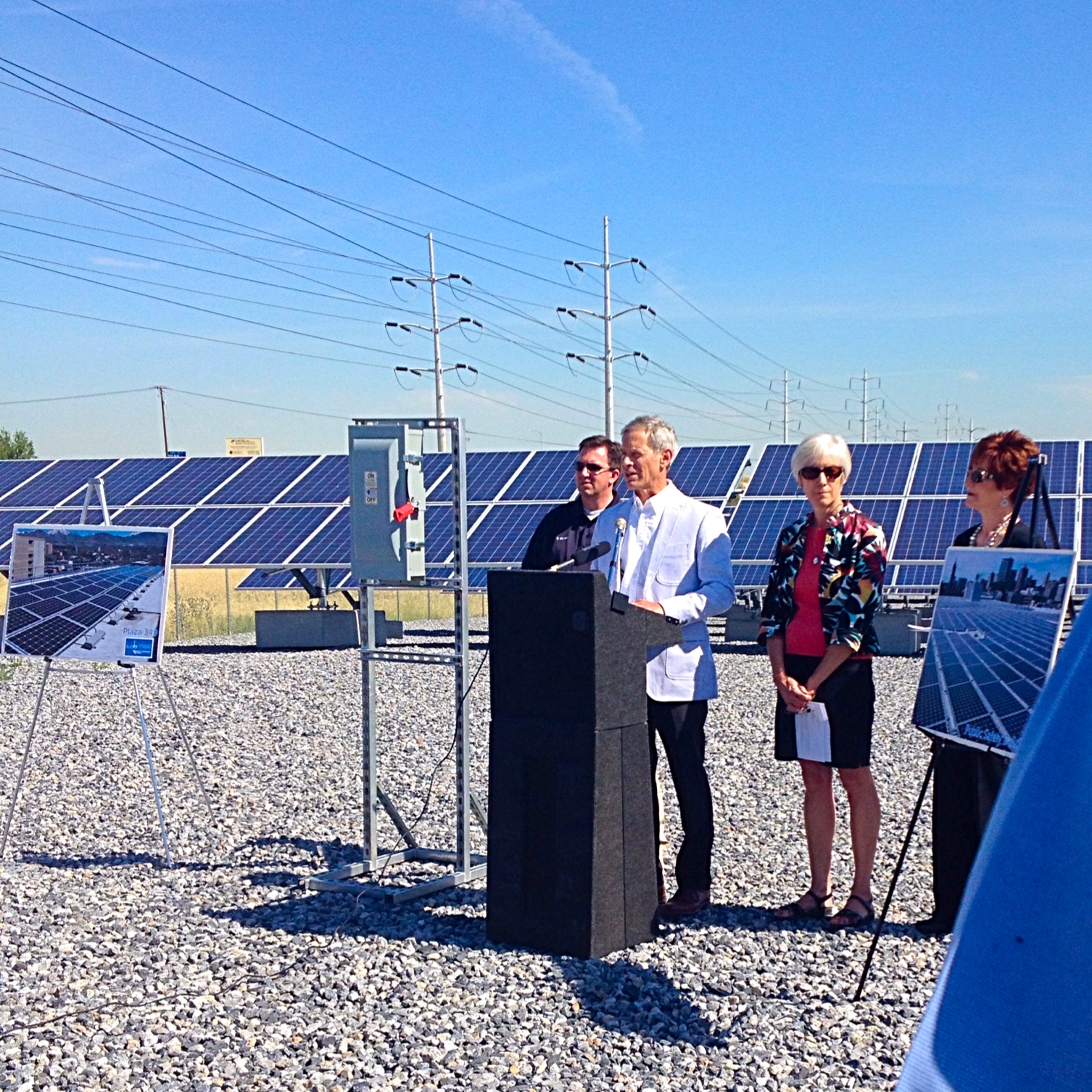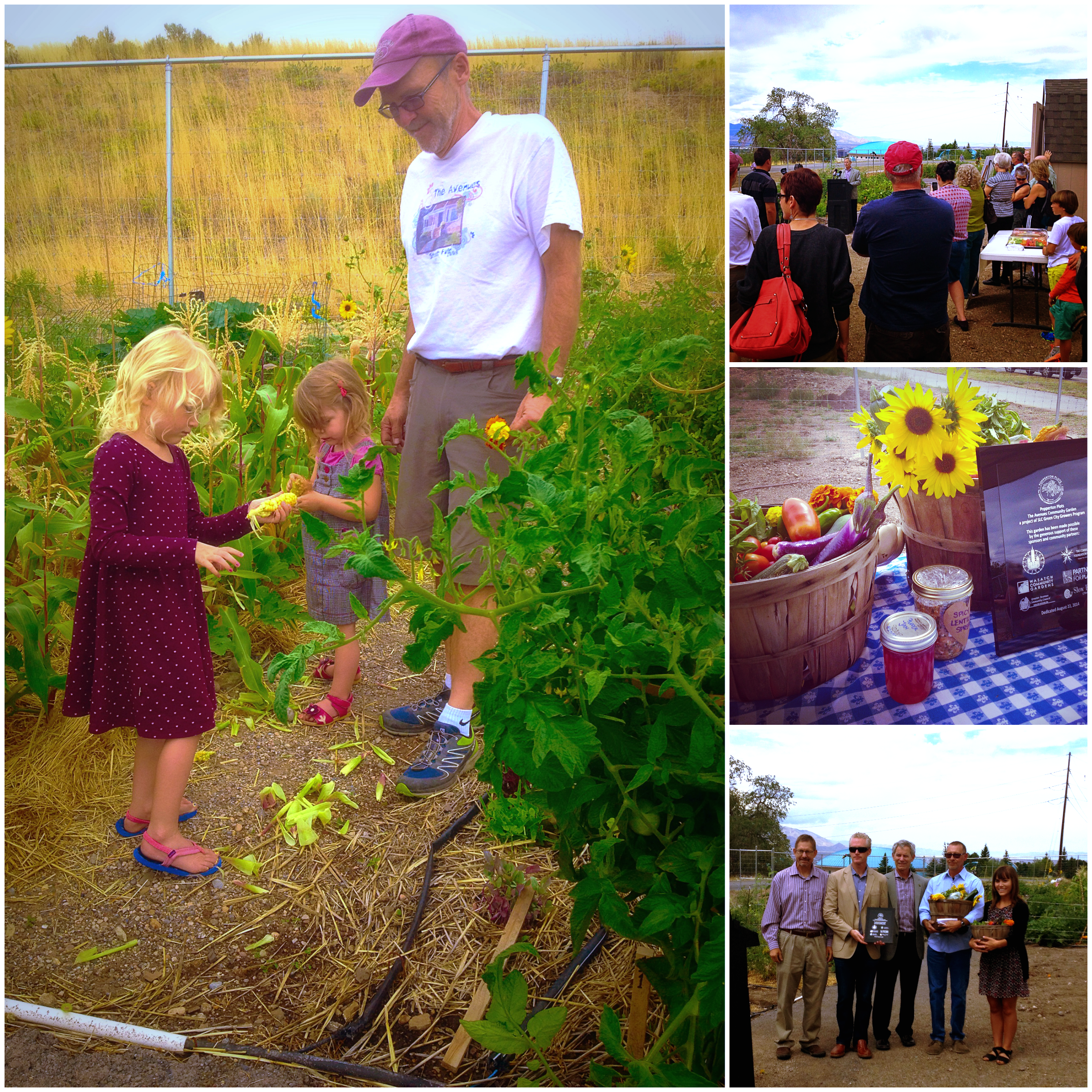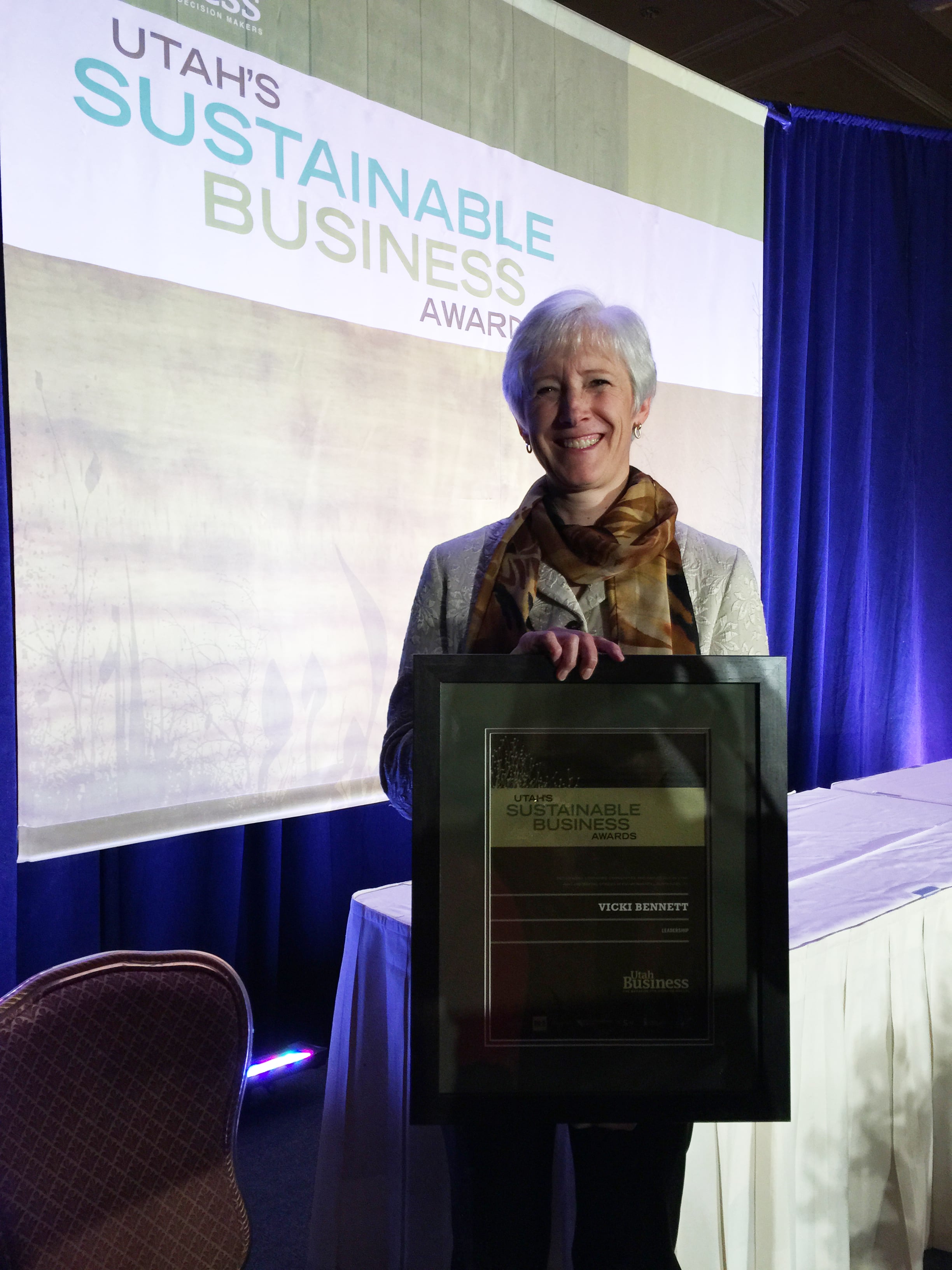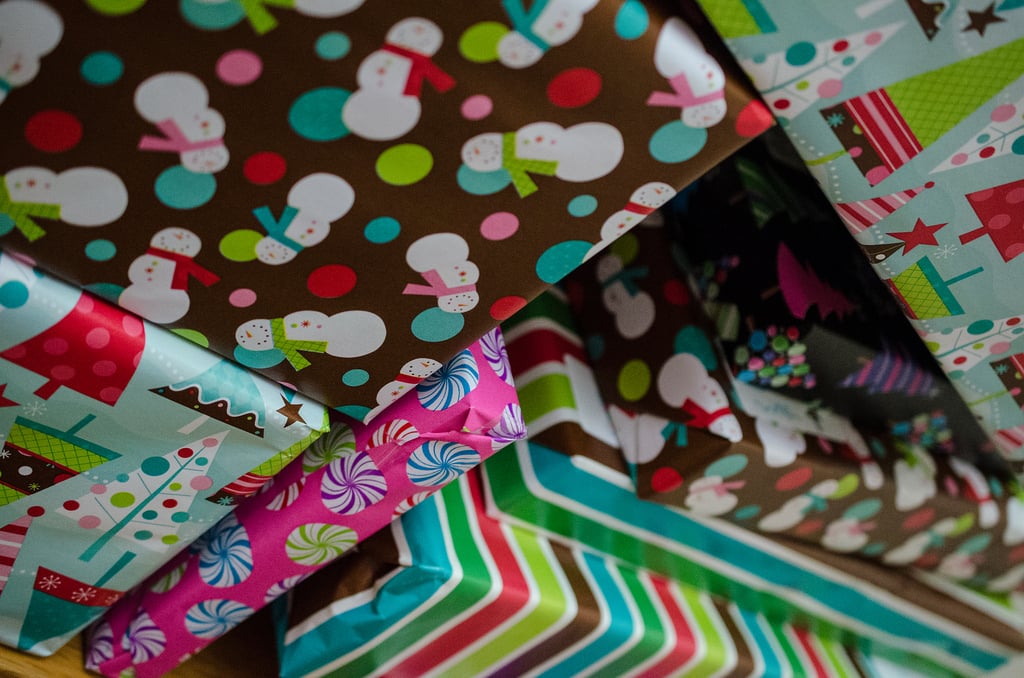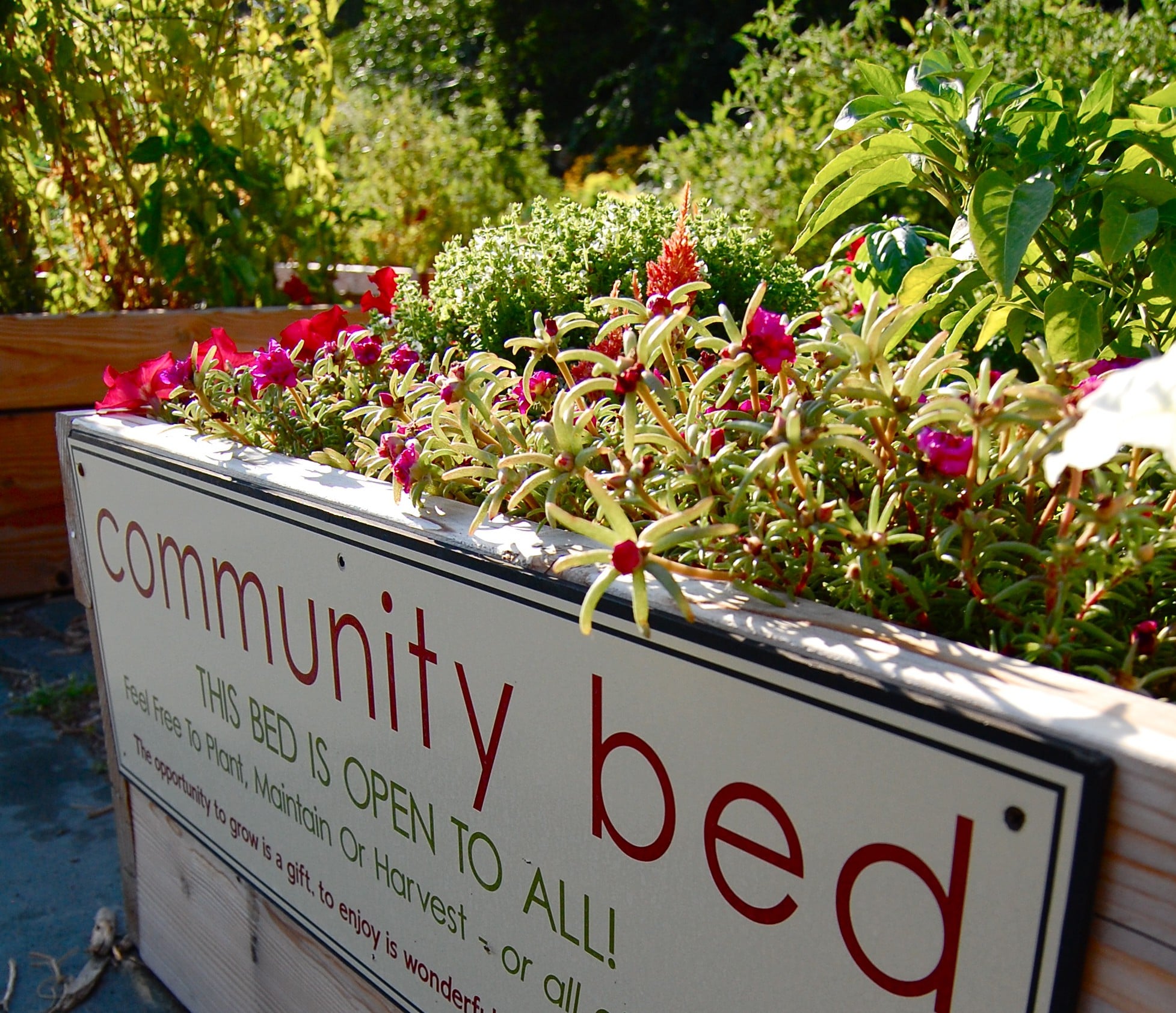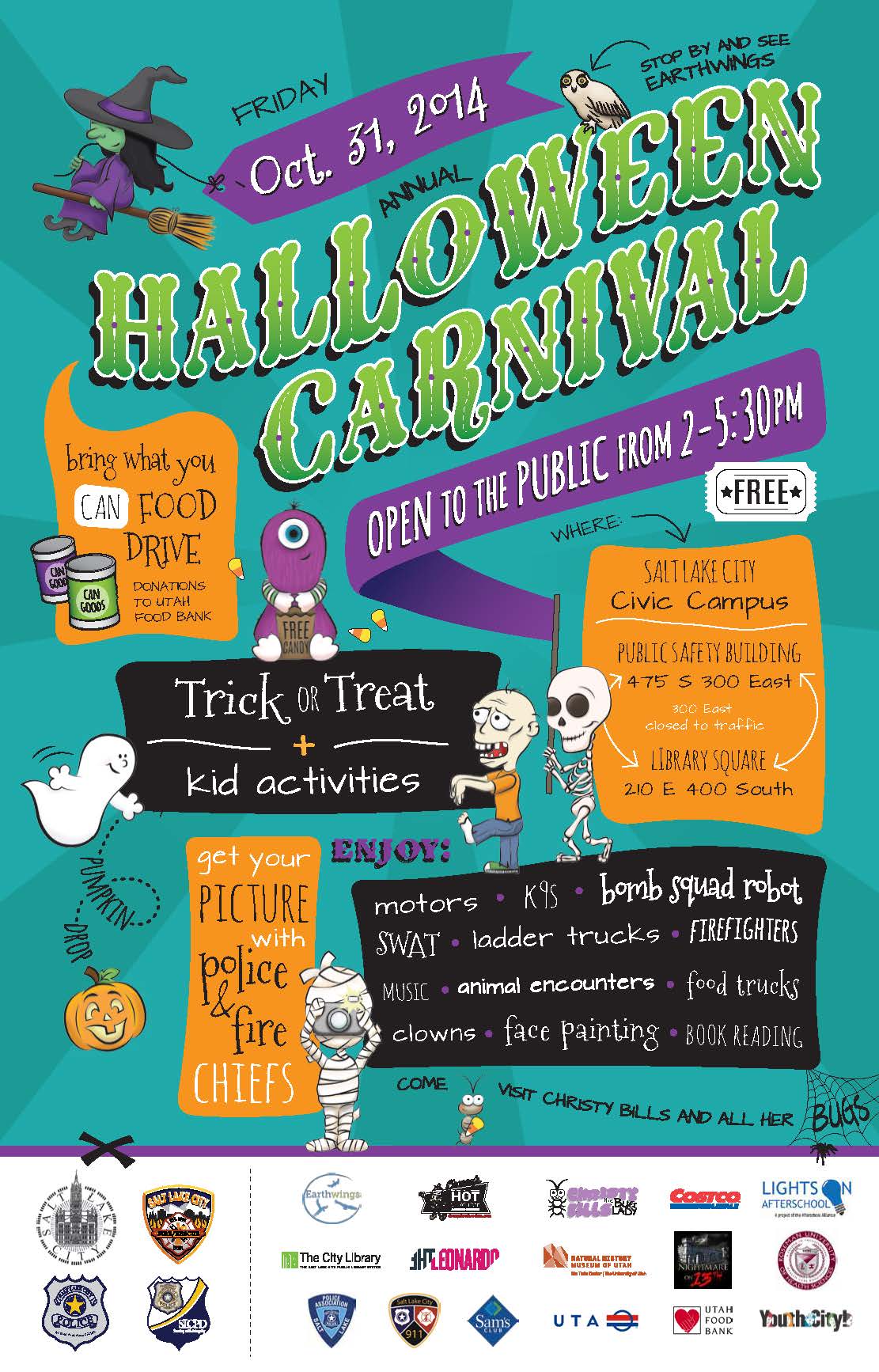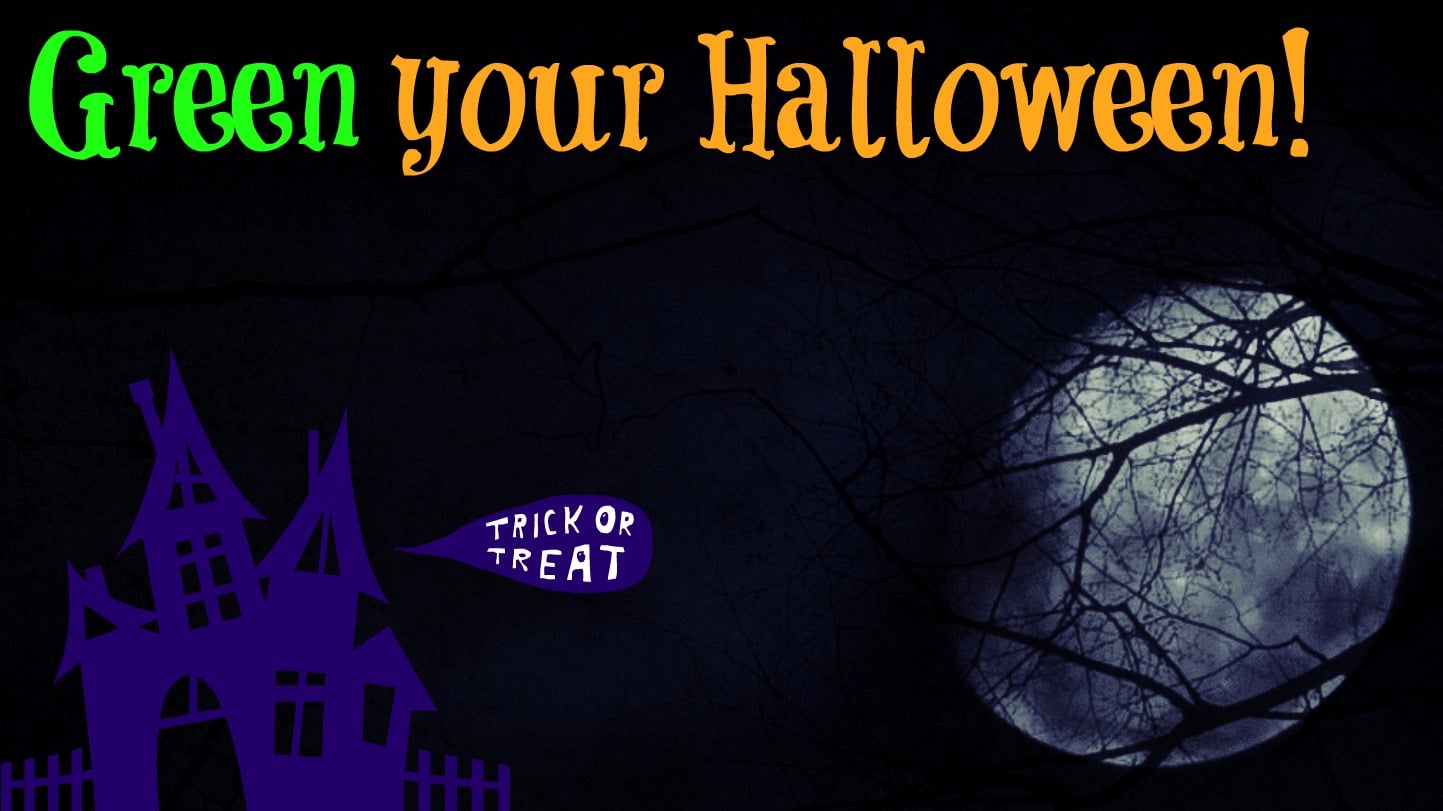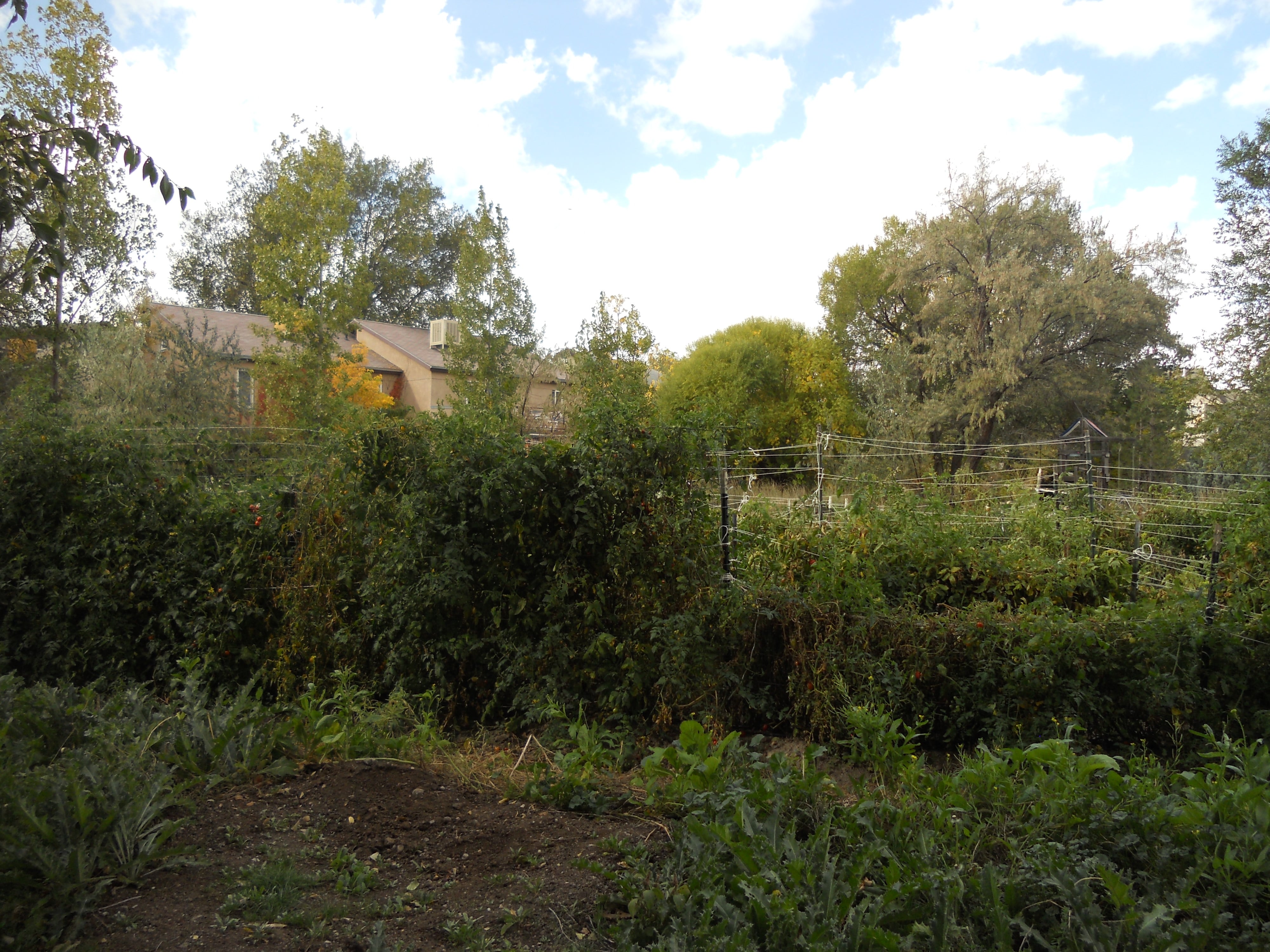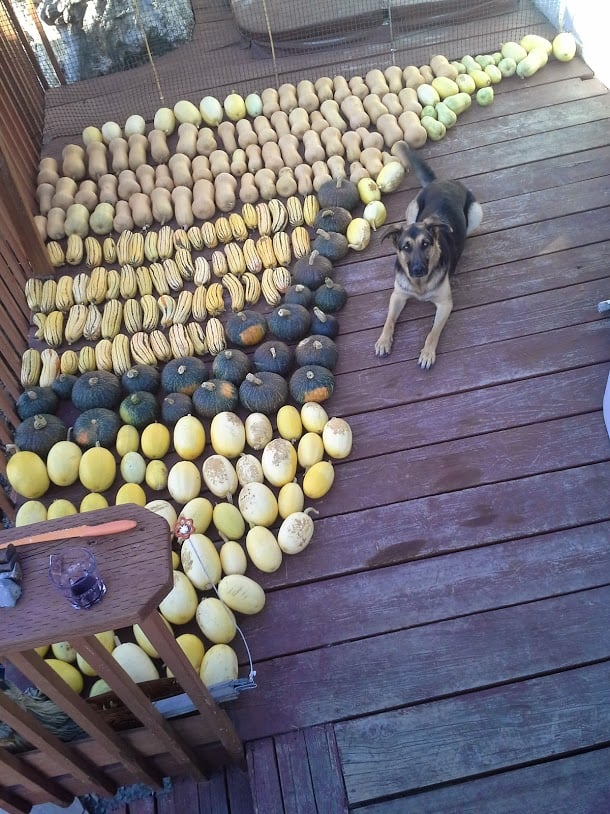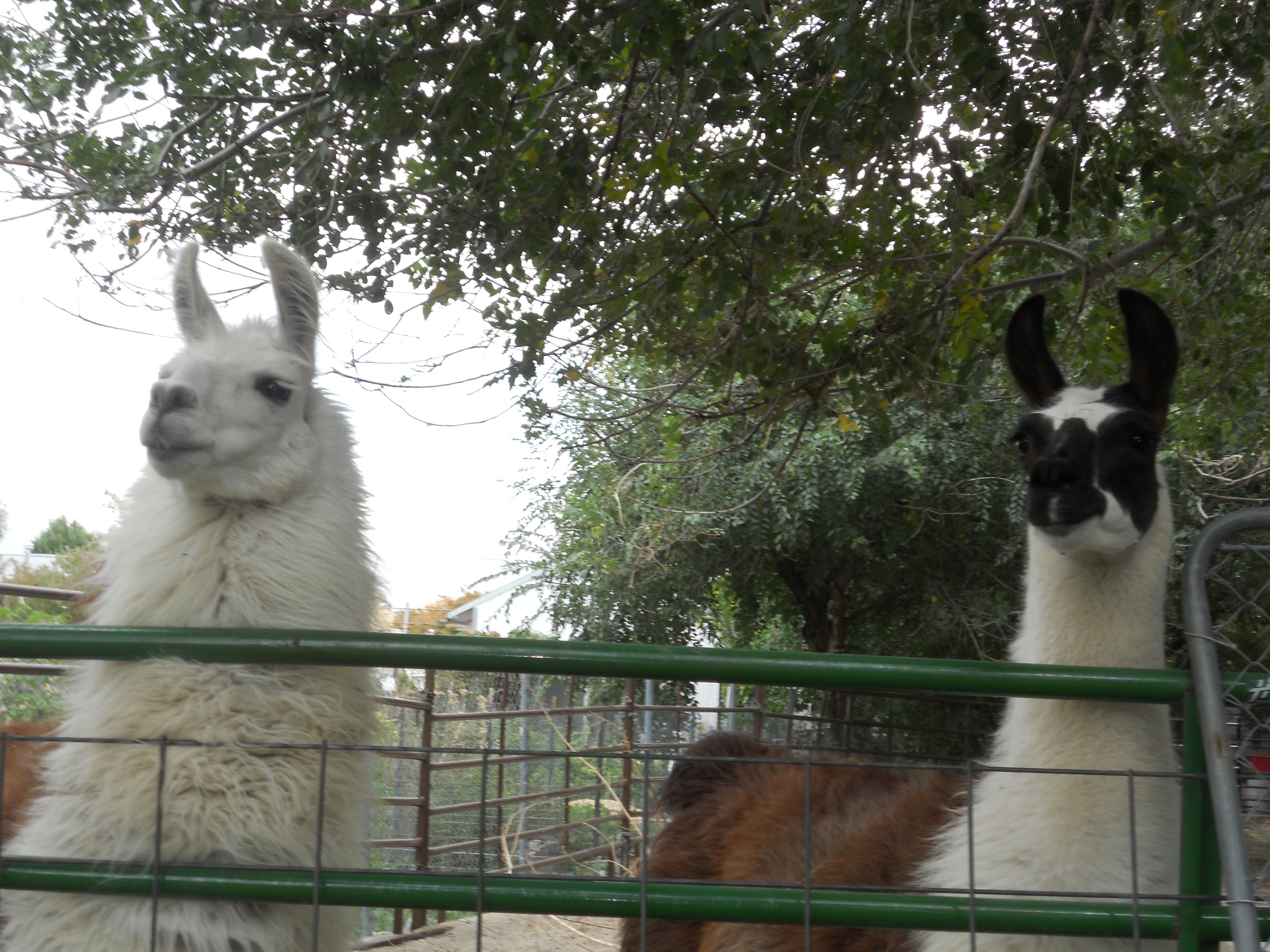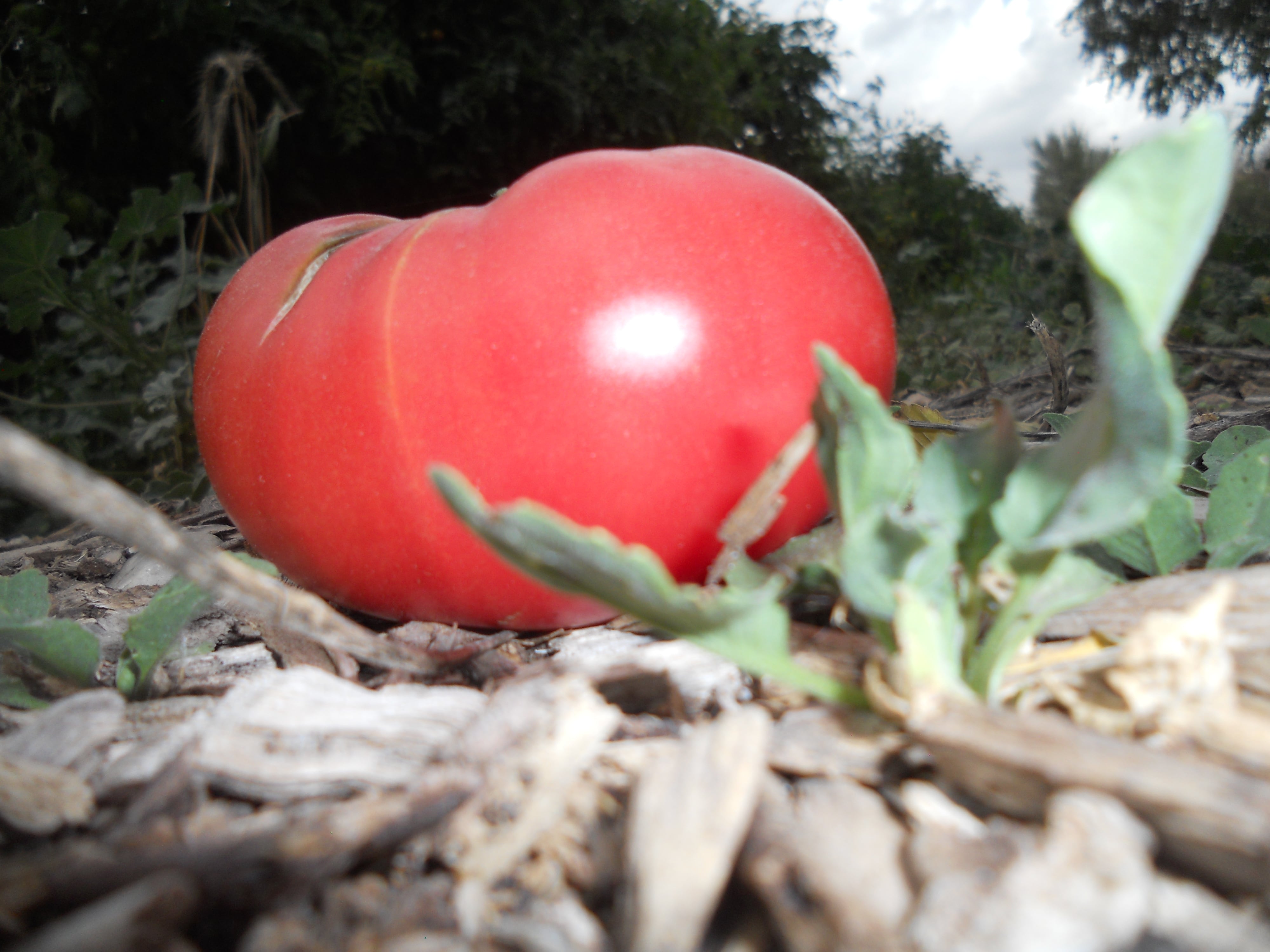Happy New Year! It’s been a busy year for the Salt Lake City Green team, and we look forward to an exciting 2015 with your ongoing support. Since we’re in a reflective mood, take a look at some of our highlights from 2014.
Climate Task Force
We started the year with Mayor Ralph Becker’s appointment to the White House’s Task Force on Climate Preparedness and Resilience. Both Mayor Becker and Sustainability Director Vicki Bennett attended a series of round tables throughout the year, which culminated in the presentation of recommendations to the President in Washington D.C.
Project Skyline
In May, Salt Lake City hosted EPA Administrator Gina McCarthy for a historic visit. In addition to a round table discussion with key partners, Administrator McCarthy joined Mayor Becker to kick off Project Skyline and the Mayor’s Skyline Challenge, a new initiative to curb energy waste from our city’s commercial buildings. SLCgov.com/ProjectSkyline
SmartTrips Sugar House
During the summer, we kicked off a new year of SmartTrips in the Sugar House/S-Line neighborhood. The program focused on encouraging residents to walk, bike and take public transit to reduce their vehicle trips and impact on air quality. It was a great success! Over 500 households participated, increasing their alternative transit trips by 46% during the height of the program. SmartTripsSLC.com
SLC Goes Solar
In June, we flipped the switch on Salt Lake City’s new solar farm. The farm produces 1.2 million kilowatt-hours of clean energy annually for our net zero Public Safety Building. We also celebrated two other important solar projects at the event, rooftop installations on the Public Safety Building and Plaza 349. Over 4,000 solar panels were installed on the three project sites, which will generate 1.7 million kilowatt-hours annually. SLCgreenBlog.com
Popperton Plots Community Garden
In August we celebrated the successful opening and dedication of the Popperton Plots Community Garden in the Avenues. Popperton is one of the first community gardens to open on a parcel of city-owned land, made available through an expanded Green City Growers program. Popperton was also the receipient of a Partners for Places grant to support their development. It was a wonderful harvest celebration and an important milestone! More plots are available for development: SLCgreenblog.com
Sustainable Business Leadership Award
In November, Sustainability Director Vicki Bennett was recognized by Utah Business Magazine with a Sustainable Leadership Award, and the whole SLCgreen team was there to help her celebrate! Vicki has led Salt Lake City’s award-winning Salt Lake City Green program for 13 years, spearheading initiatives to reduce carbon emissions, improve air quality and divert waste from the landfill. Congratulations, Vicki! SLCgreenblog.com

